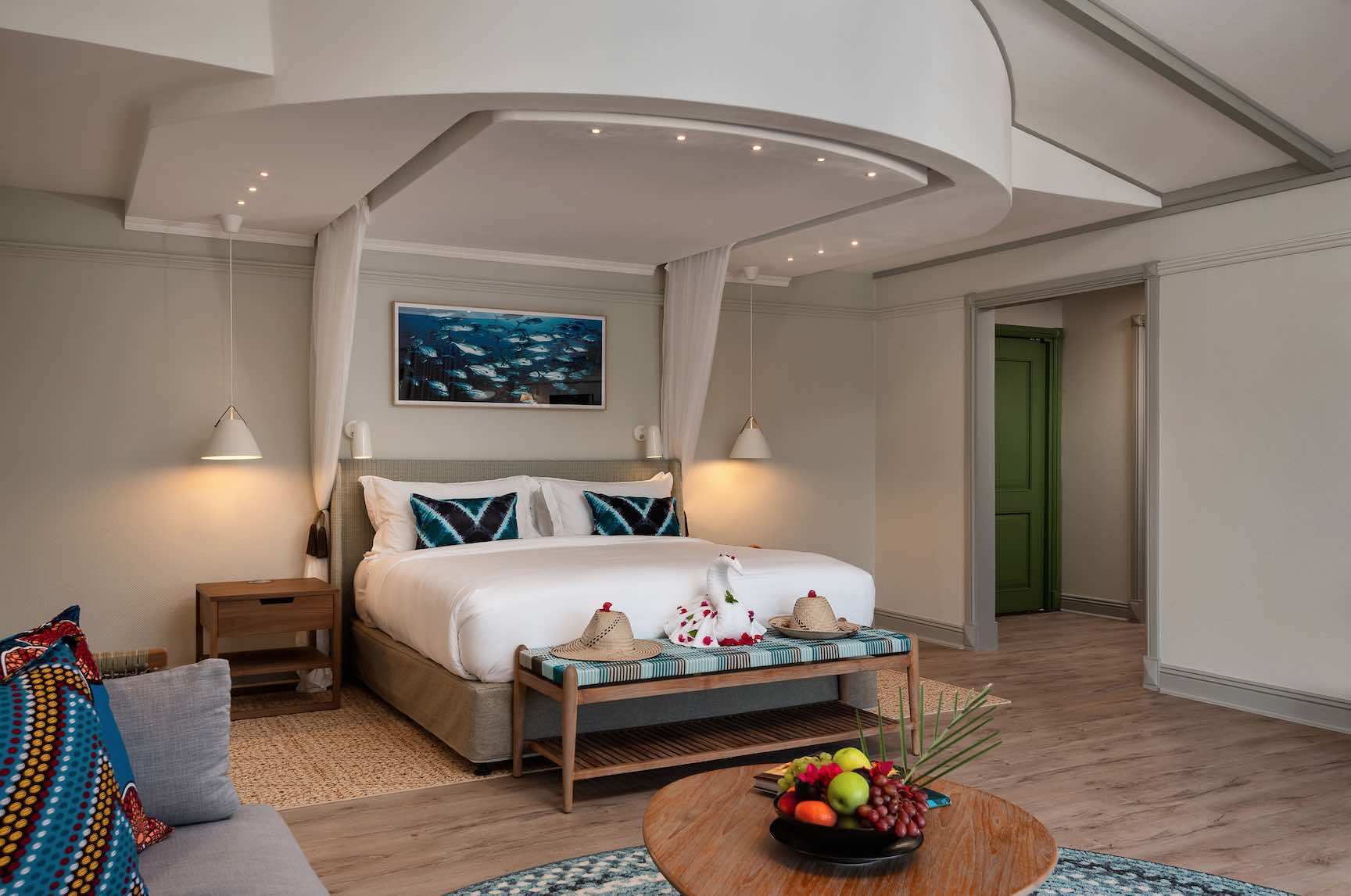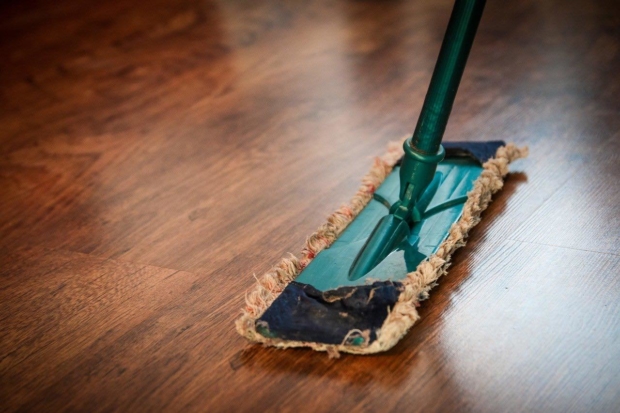Within the last 700 years, due to the influences from India, China and Ceylon, the architecture in Southeast Asia and in Thailand has united to form its own distinctive style. Numerous Buddhist monasteries, for example, still bear witness to this art-historical epoch. A Luxury Villa Architect in Phuket also today design unique, exclusive, timeless and extraordinary buildings. The incredible creative power of the Thai master builders is clearly shown in the traditional residential houses. Although some of the construction methods appear quite simple, the elegance of the lines simply cannot be overlooked. This fantastic and unique architecture is characterized mainly by slightly sloping walls, steep roofs and curved ridges.
A metropolis characterized by glass palaces
The face of Southeast Asian cities and especially the inner cities is characterized by magnificent glass towers which you may have seen on travels. Often, these magnificent towers are home to international companies, banks or even hotel chains. This area of building culture in the top locations of cities such as Manila, Kuala Lumpur or also in Jakarta is characterized above all by extremely high standards. It is therefore child’s play for these cities to stand in comparison with the metropolises of New York, Tokyo or London.
Measured in terms of architecture, however, there are considerable differences here in contrast to the building culture in northern latitudes. Compared to the usual building style in Europe, you will certainly not find any building in Southeast Asia that is oriented to the southwest. The reasons for this are easily explained. In Europe, people always try to take advantage of every ray of sunlight. In Southeast Asia, the opposite is true, and for good reason. The temperatures prevailing there in the shade are up to 40 degrees. But the significantly higher humidity also plays an important role here. Due to these climatic conditions, the architecture is also adapted accordingly.
In Southeast Asia, architects are therefore concerned with making the windows as small as possible, and they also ensure that the house fronts are significantly reduced. In addition, natural shade is also utilized here as much as possible. Strictly speaking, the prevailing conditions in each case ensure that the architecture is also adapted accordingly.
Traditions in architecture
As already explained, climatic reasons play an important role in architecture, but also the experience of the ancestors often flows into the architecture. These experiences are always based on natural phenomena. For example, large stones are found in the central areas of traditional buildings. Basically, these are oriented in a position protected from the sun. Here the natural physical dynamics of the stones are used. Due to the fact that these stones are placed protected from the sun, they radiate a pleasant coolness during the day. At night, these stones release the stored heat of the day back into the environment. In this way, a completely natural and very healthy indoor climate is created.
In modern architecture, of course, such large stones are not used. Here, this task of the stones is performed by massive and sheathed concrete floor slabs. The concrete slab absorbs the coolness of the earth underneath.
But there are other models from nature, which the architects recast accordingly into intelligent construction methods. This time the model is based on people’s clothing. Here, clothing is usually worn in several layers on top of each other. Whereas in Europe, when temperatures rise, people immediately drop their clothes and wear only the bare essentials in order to be able to soak up as much sun as possible, in Southeast Asia this is completely the opposite. The best way to do this is to wear multiple layers of clothing. Physics explains the relationships here quickly and clearly. The outer layer of clothing heats up. But the layers underneath, on the other hand, stay nice and cool. This is explained by a simple physical effect caused by the flowing air between the different layers.
Air flow and isolation
It is precisely this effect that the architects have exploited, using the double-shell masonry. However, this concept is also evident in the construction of the roofs. Here, the outer gable roof serves only as sun protection. On the occasion of this, it projects far beyond the outer walls. At a distance of approximately 10 to 15 centimeters there is a second roof underneath. This roof represents the actual, because it encloses the living space. Just as with clothing, the air here is in thermal motion. Again, the cool air moves from the bottom to the top and then exits through the ridge.
The favorable architecture in Asia
But Southeast Asia has not only the ultra-modern building culture to offer, but here still exists a very simple and almost rudimentary architecture and modern style Villas and Real Estate. In Phuket Thailand, is some kind of a hotspot at the moment for Luxury Villa Architecture in a modern but also traditional way. Real Estate and Property in Phuket Thailand also offers a broad range of property. Beachfront Land, waterfront land, oceanview land even Hillside Land is on the market for sale as well as all range of Luxury Villas.
These things, influence the modern way lifestyle and architecture in Southeast Asia. Some buildings created in this way are wonderfully affordable and at the same time they are well-thought-out. The so-called skeleton construction method is often used here. To implement this method of construction, it is first necessary to dig holes. The structural steel for the load-bearing columns is concreted into these. This leaves a gap of several meters between the columns. Beams are tied between these columns so that they can later support the roof.
The spaces between the columns are then filled with masonry. Often, the pillars are covered with wall cladding made of cement slabs. The foundation inside is filled with sand at the lower cross-beams. After that, here is filled with concrete. This is an absolutely typical approach in Southeast Asia. However, if you do not prefer this traditional method of construction, it is advisable to hand over the construction project to a large or internationally active construction company.
However, one should know that even if this very foreign construction method is quite unfamiliar, it has long proven itself. This is proven by the buildings constructed in this way, which have ideally survived earthquakes, floods and many monsoon rains.
Outdoor facilities also need special attention
There are a number of things to consider when designing outdoor facilities in the Southeast Asian region. This design also depends again on the external circumstances that prevail there. Unlike in Europe, namely in Southeast Asia the animal world plays an important role. Termites, among other things, are an enormous problem in Southeast Asia. Snakes are also a problem here. Reason enough to avoid long lawns. High-growing trees and shrubs, which of course also provide shade, are used here.







